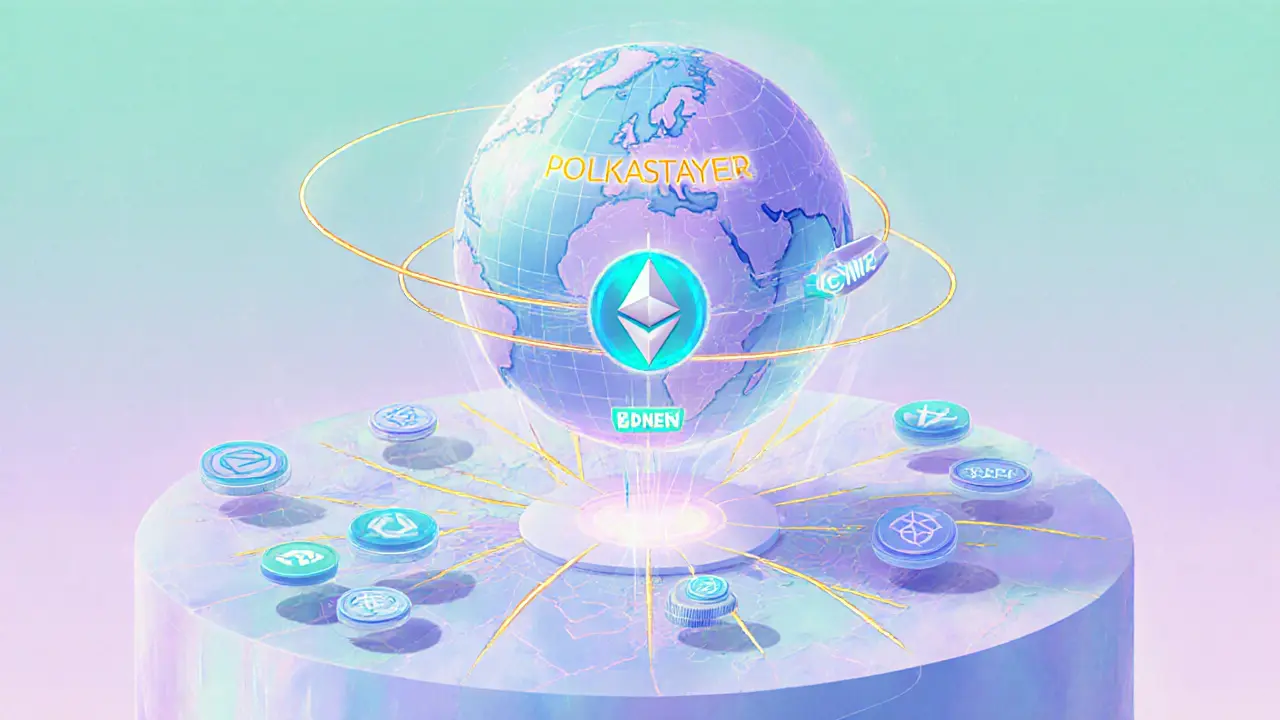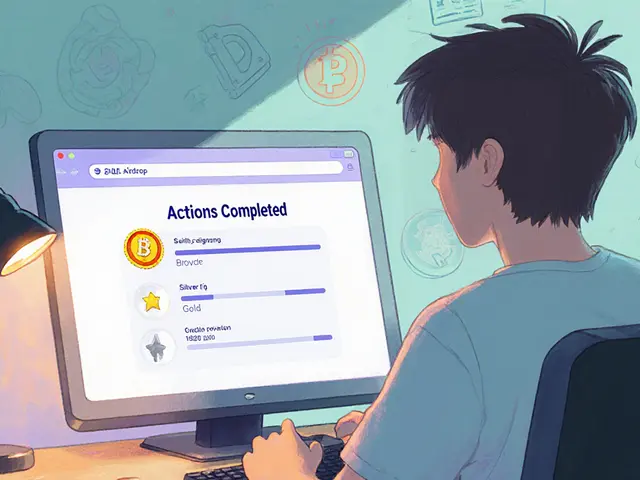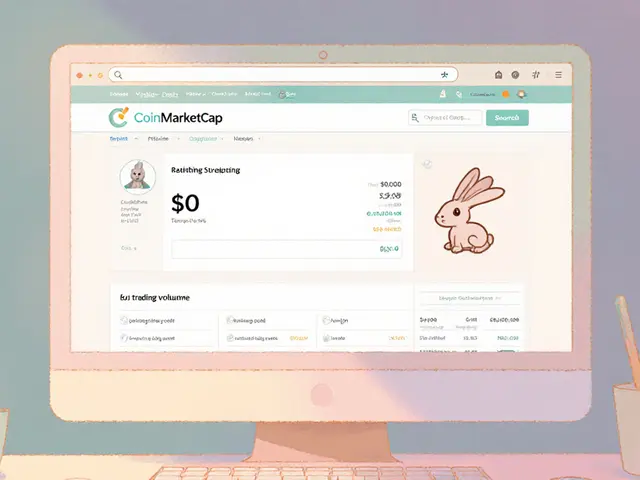Crypto Launchpads: Your Guide to Early Token Sales
When exploring Crypto Launchpads, platforms that let new blockchain projects raise money by selling tokens before they hit major exchanges. Also known as launch platforms, they act as a bridge between developers and early investors. Initial DEX Offering (IDO), a fundraising method where tokens are sold directly on a decentralized exchange is the core mechanism many launchpads use. This means you can buy a brand‑new coin without waiting for a centralized listing, and the price often reflects real demand right from the start.
One of the biggest players in this space is Polkastarter, a cross‑chain launchpad that runs IDOs on Polkadot, Ethereum and other networks. Polkastarter’s token, POLS, gives users voting rights and early‑access privileges, creating a small but active community that helps weed out low‑quality projects. Because it supports cross‑chain technology, the ability to move assets between different blockchains without a central hub, investors aren’t locked into a single ecosystem. This opens the door for projects that need both Ethereum’s security and Binance Smart Chain’s speed, expanding the pool of potential buyers.
Understanding how a launchpad works saves you from common pitfalls. First, the platform usually requires you to hold its native token – like POLS for Polkastarter – to participate in an IDO. Second, most launchpads vet projects through a combination of code audits, team checks and market analysis. The vetting process is a key attribute because it reduces the risk of scams, which are still rampant in crypto. Finally, after the token sale, liquidity is often seeded by the launchpad itself, helping the price stabilize and giving you a chance to trade without huge slippage.
If you’re new to the scene, start by checking a project’s token utility. Does the token grant governance rights, fee discounts, or staking rewards? Tokens that serve a real function within a platform tend to retain value longer than pure speculation tokens. Also, look at the launchpad’s track record: how many successful launches have they completed, and what’s the average return for early participants? These attributes—utility and launchpad performance—form a simple checklist that can guide your decisions without needing a PhD in finance.
DeFi integration is another strong indicator of a launchpad’s relevance. Many launchpads now offer built‑in liquidity mining or staking pools that let you earn while you wait for the token to list. This creates a feedback loop: the more users stake, the deeper the liquidity, and the healthier the market for that token. Platforms like Solanium and Bounce also blend IDO features with auction models, giving projects flexibility in how they price their tokens. Knowing which model fits a particular project can boost your chances of getting a good entry price.
Regulatory awareness is becoming a crucial factor. Some launchpads operate in jurisdictions with clearer crypto rules, which can protect investors from sudden shutdowns. Others stick to fully decentralized setups that avoid any legal gray area by design. Either way, being aware of the regulatory backdrop helps you assess long‑term risk. For example, a launchpad that partners with reputable auditors and complies with KYC/AML standards often signals a higher level of legitimacy.
Below you’ll find a curated list of articles that dive deeper into the world of crypto launchpads. From a detailed look at Polkastarter’s tokenomics to step‑by‑step guides on joining an IDO, the collection gives you the practical tools you need to move from curiosity to confident participation. Ready to explore the projects that could define the next wave of blockchain innovation? Let’s see what’s waiting for you.

Learn what Polkastarter (POLS) is, how its cross‑chain launchpad works, token utility, market stats, how to join IDOs, and future outlook.
Jonathan Jennings Jun 3, 2025




